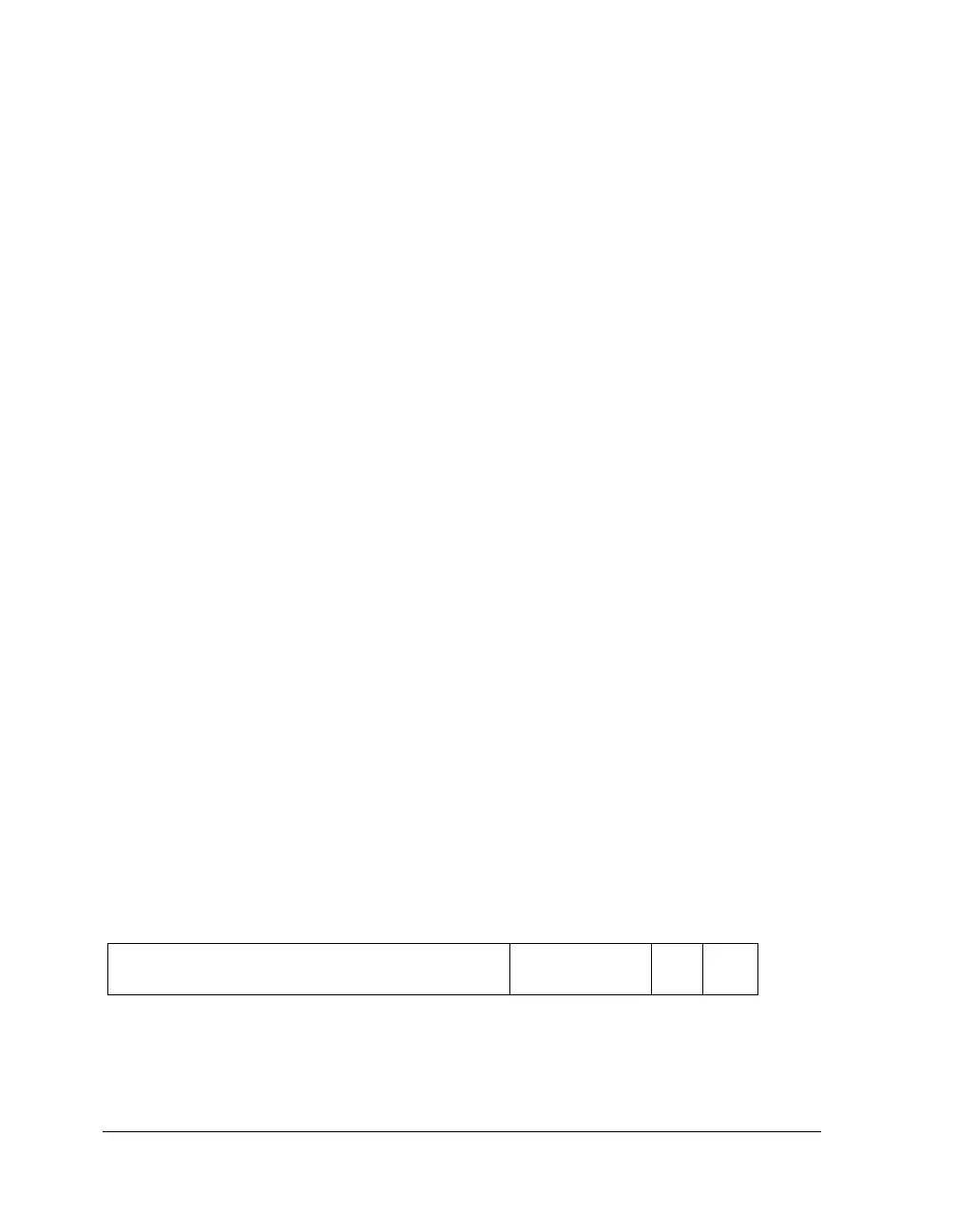Data Transfer
11-16 ADSP-214xx SHARC Processor Hardware Reference
The three LSBs of FIFO data are the encoded channel number. These are
transferred “as is” for this mode. These bits can be used by software to
decode the source of data.
The maximum data transfer width to internal memory is 32-bits, as
in the case of PDAP data or I
2
S and left-justified modes in single
channel mode using 32 bits of data. Therefore, PDAP or I
2
S and
left-justified 32-bit modes cannot be used with other channels in
the core/interrupt driven mode since no channel information is
available in the data stream.
SIP Data Buffer Format
An audio signal that is normally 24 bits wide is contained within the
32-bit word. Four bits are available for status and formatting data (com-
pliant with the IEC 90958, S/PDIF, and AES3 standards). An additional
bit identifies the left-right one-half of the frame. If the data is not in IEC
standard format, the serial data can be any data word up to 28 bits wide.
Unlike DMA, the core requires a status information about which channel
triggered the interrupt. It does this by reading the data buffer. The
remaining three bits are used to encode one of the eight channels being
passed through the FIFO to the core. The FIFO output may feed eight
DMA channels, where the appropriate DMA channel (corresponding to
the channel number) is selected automatically.
Regardless of mode, the L/R channel status bit (Bit 3) always spec-
ifies whether the data is received in the left channel or the right
channel of the corresponding input frame, as shown in
Figure 11-6.
Figure 11-6. Principle Data Format for the SIP
31
8 7
4 3 20
AUDIO DATA
INVALID BITS
L/R
IDP
CHNL

